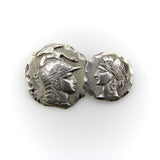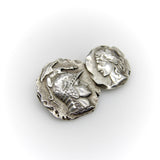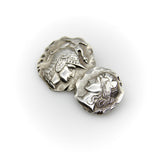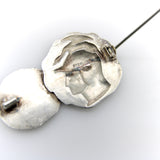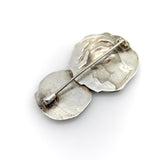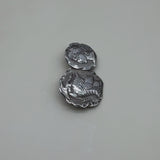Shipping
- Free shipping on U.S. orders $250+.
- U.S. Orders: Delivered in 2–8 business days via USPS or FedEx, with tracking and insurance.
- Orders over $750 require a signature.
- International Orders: Delivered in 7–16 days via DHL Express, with tracking and insurance. Orders over $1000 require a signature. Free shipping on international orders $1250+.
Returns
- Returns are accepted within 7 days of receiving your item.
- All returns incur a 5% restocking fee to cover transaction costs.
- Buyer is responsible for return shipping and insurance.
- Items must pass inspection before a refund is issued.
- Modified or damaged items are not eligible for return.
- Most items are antiques or handmade, and may show appropriate signs of age.
We specialize in antique and estate jewelry, offering carefully curated pieces known for their craftsmanship, history, and uniqueness. Every item is thoroughly inspected for authenticity and quality before it's made available.
Our commitment is simple: what you see is genuine, well-crafted, and worthy of becoming a lasting part of your collection.
Have a question about this piece? Need help finding the right one? Contact us anytime — we're happy to help.
